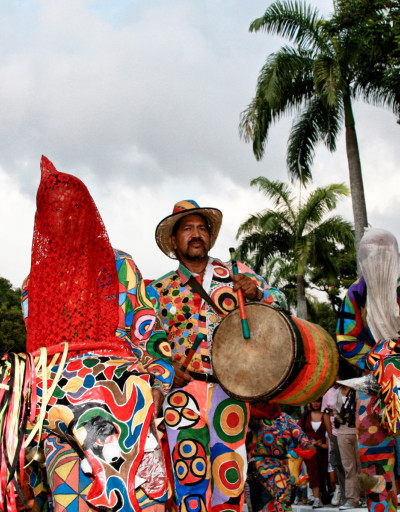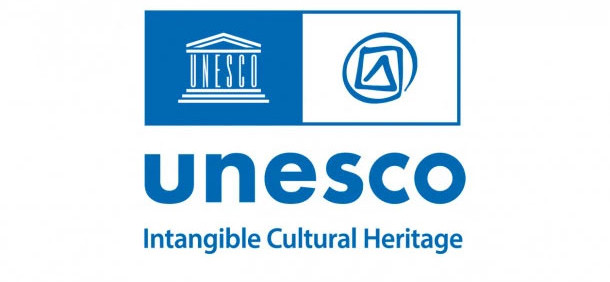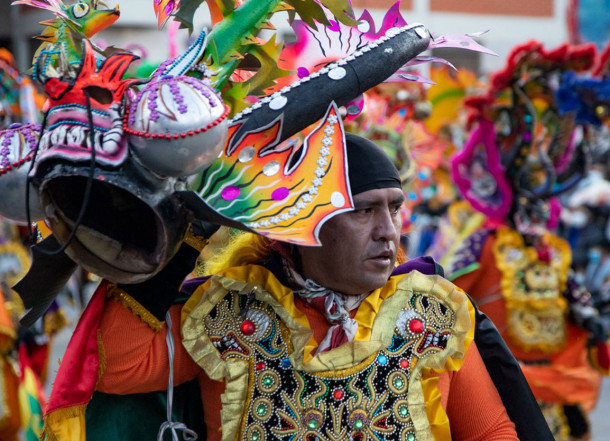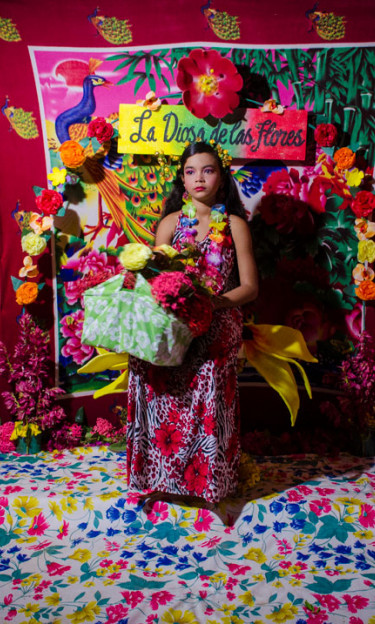
Transmedia Intangible Cultural Heritage for Sustainable Development
There are two cardinal elements through which diversity and peace are celebrated: education and intangible cultural heritage.
UNESCO contributes to reflecting on and revaluing the interlinkages between these two key elements in the lives of individuals and communities, in order to strengthen the processes of inventorying, promoting, transmitting and safeguarding intangible cultural heritage through formal and non-formal education, as well as to foster relevant teaching and learning processes rooted in local socio-cultural contexts.

“The ‘intangible cultural heritage’ means the practices, representations, expressions, knowledge, skills – as well as the instruments, objects, artefacts and cultural spaces associated therewith – that communities, groups and, in some cases, individuals recognize as part of their cultural heritage. This intangible cultural heritage, transmitted from generation to generation, is constantly recreated by communities and groups in response to their environment, their interaction with nature and their history, and provides them with a sense of identity and continuity, thus promoting respect for cultural diversity and human creativity”
Convention for the Safeguarding of the Intangible Cultural Heritage, Paris, 17 October 2003
The UNESCO office in Quito, based on its ongoing activities, developed this digital platform with the aim of contributing to addressing the effects and impacts of the COVID-19 pandemic.
Also, to strengthen the visibility, safeguarding and understanding of living heritage as an element that brings together knowledge and know-how of utmost importance to advance on the path of sustainable development, including oral traditions, performing arts, social practices, rituals, festive events, knowledge and practices concerning nature and the universe or the knowledge and skills to produce traditional crafts.
These actions developed by the UNESCO office in Quito are part of the recommendations for post-pandemic response and recovery provided by the UNESCO study "Living Heritage in the Face of the COVID-19 Pandemic", which gathered the experiences, opinions and proposals of bearers from 78 different countries around the world:
- Help communities build back better by strengthening recovery support mechanisms to living heritage bearers at the local level, including through local governance structures.
- Take advantage of digital technologies to increase the visibility and understanding of living heritage.
- Strengthen and amplify the linkages between safeguarding living heritage and emergency preparedness, response and recovery plans and programmes.

The platform is configured as a space that mobilizes digital technologies for knowledge sharing and peer-to-peer learning on the contribution of intangible cultural heritage to sustainable development, a potential that became even more evident during the COVID-19 pandemic, a situation that had a significant impact on the bearers, but whose knowledge and know-how became a source and example of adaptation and resilience for themselves and their communities.
Here you will find audiovisual material (videos) and high-quality photos that document some elements of the intangible cultural heritage of the Andean countries, Bolivia, Colombia, Ecuador and Peru, in connection with the Sustainable Development Goals, in its main pillars: planet, people, prosperity and peace.

“The ways communities have responded to the pandemic underlines the dynamic nature of intangible cultural heritage, which has always been adapted, negotiated and recreated by communities in response to their environment and history. The COVID-19 pandemic is no different. While some expressions or practices may be eroded or even lost, the responses show how others were transformed, reinvigorated, revived, and revisited by communities”
(UNESCO. "Living Heritage in the Face of COVID-19", May 2021, p. 29)










